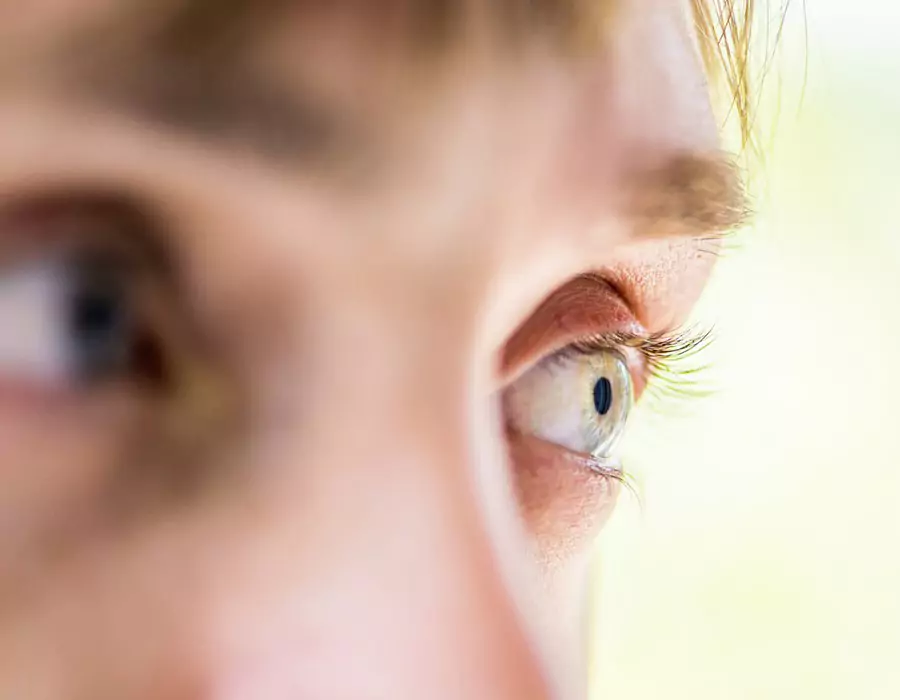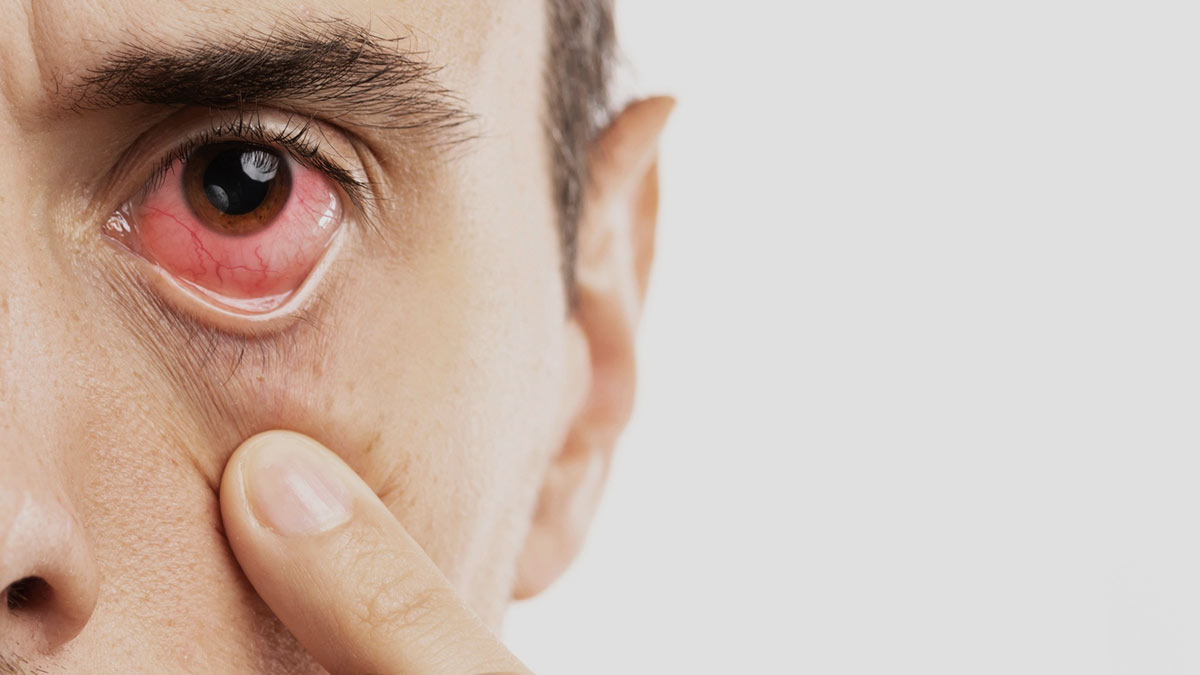DISCOUNT: UP TO 90% OFF






Diabetic retinopathy. How does an online diabetes doctor treat diabetic eye disease?


Table of Contents
- What are the risk factors for worsening diabetic retinopathy (diabetic eye disease)
- -Duration of diabetes
- -Level of glucose control
- -Hypertension
- -Coexistence of diabetes-related nephropathy and neuropathy
- -High cholesterol
- -Pregnancy
- How to prevent Diabetic retinopathy?
- What are the symptoms of diabetic retinopathy?
- Is there a test for diabetic retinopathy?
- ●Dilated eye exam
- ●Digital retinal imaging
- When to start seeing an ophthalmologist (eye doctor)?
- Treatments for diabetic retinopathy can include:
- ●Photocoagulation
- ●Medicines
- ●Vitrectomy
- Summary
- Do you have diabetic retinopathy and you want to stop the progression and even improve diabetic retinopathy?
What are the risk factors for worsening diabetic retinopathy (diabetic eye disease)
-Duration of diabetes
The longer and the higher the blood sugars, the more chances are for the development of diabetic retinopathy. Both type I and type 2 diabetes patients can develop diabetic retinopathy even early on in their disease. Who will develop diabetic retinopathy remains uncertain. Sometimes it develops even before diabetes is diagnosed; sometimes, it takes more than five years with uncontrolled diabetes. That means some people are more susceptible to the damage from high blood sugars.
-Level of glucose control
Even a small decrease in A1C can be beneficial. For example, each 1 percent decrease in A1C reduces the diabetic retinopathy risk by approximately 20-30 percent. Also, controlling diabetes early on, which we call the Legacy effect, will have a tremendous impact in the long-term. Not just metformin but a lot of other diabetic meds can help control diabetes. Remember, controlling diabetes in the first 10 to 15 years will prevent diabetic retinopathy more than the control later in life. Online diabetes doctors also can help to get Dexcom G6 or freestyle libre in order to help monitor diabetes easily.
-Hypertension
High blood pressure definitely affects the blood vessels, just like high glucose does. Also, controlling high blood pressure may be equally important is controlling blood sugars.
-Coexistence of diabetes-related nephropathy and neuropathy
The patients who have diabetic nephropathy, which is kidney disease due to diabetes, are more likely to develop diabetic retinopathy. Most of the patients with diabetic kidney disease also have underlying diabetic retinopathy in almost 90% of cases.
-High cholesterol
High cholesterol is definitely a high risk for the development of diabetic retinopathy. Just like high blood pressure and high glucose cholesterol also impair the function of blood vessels.
-Pregnancy
Pregnancy transiently increases the risk and progression of diabetic retinopathy. We counsel patients for the potential increase in the risk of worsening retinopathy during pregnancy. The risk of development and progression of retinopathy is higher during pregnancy. We recommend more frequent retinal evaluations during pregnancy and for one year after pregnancy.
How to prevent Diabetic retinopathy?
Other than controlling blood sugar with proper diabetes management via online diabetes doctors, controlling high blood pressure and reducing cholesterol, exercise, and increased physical activity can minimize the risk of retinopathy. Some activities, such as weight lifting, may precipitate bleeding in the eye in patients with unstable diabetic eye disease. Please discuss with your ophthalmologist before engaging in strenuous activity.
What are the symptoms of diabetic retinopathy?
Most people with diabetic retinopathy have no symptoms until the disease is very advanced. By then, it is usually too late to do anything about vision loss. That's why it is vital to get screened for the condition early. That way, doctors can take steps to protect your eyes before your vision is damaged. We recommend having an eye examination once a year. If eye examinations are normal in the last few years and diabetes under control once an eye exam every two years is okay as well. When symptoms occur following symptoms may occur
- Curtain falling with a bleed
- Floaters during the resolution of bleeding
- Blurry vision cannot be corrected with glasses
- floating spots or dark spots in the vision
- Trouble seeing objects that are at the center of your focus when reading or driving
- Difficulty telling colors apart
Is there a test for diabetic retinopathy?
Yes. To check for diabetic retinopathy, you can get 1 of 2 main tests.
●Dilated eye exam
After your online diabetes doctors refer you to an eye doctor they may do this dilated exam. During this exam, the eye doctor gives you eye drops to make your pupils dilate. By using drops, the eye doctor can see the different parts of the inside of your eye. After the drops have started working, the doctor looks at the back of your eye, called the retina. That's typically the area of the eye that is damaged by diabetic retinopathy.
●Digital retinal imaging
For this test, a technician takes pictures of the eye with a special camera. Then they send the images to an ophthalmologist (eye doctor). Then, the ophthalmologist will look at those pictures. It is acceptable to use this test provided that your past eye tests have all been normal. Otherwise, you should have a regular dilated eye exam in an ophthalmologist office. If either the digital retinal image or the dilated eye exam shows any signs of disease, the ophthalmologist may order some other testing as well.

Online diabetes doctors at SugarMDs will refer you to the best eye doctors in your neighborhood and will reduce your blood sugars.
When to start seeing an ophthalmologist (eye doctor)?
When it comes to type 1 diabetes, eye exams should start 3 to 5 years after diagnosis. We know that most patients with type 1 diabetes do not have diabetic retinopathy until three to five years after diagnosis.on the other hand, almost all patients were affected at 15 to 20 years. You can manage your diabetes even from home via online diabetes doctors. So do not wait. Why? Because up to 80 percent of patients with type 2 diabetes will have diabetic retinopathy at 20 years. Sometimes retinopathy can begin four to seven years before the clinical diagnosis of diabetes.
For people with type 2 diabetes, eye exams should start right after diagnosis.
How do doctors treat diabetic retinopathy/diabetic eye disease?
When mild, diabetic retinopathy does not always need treatment. Of course, you will still need medications for diabetes such as metformin and continue to monitor your blood sugar via Dexcom G6, Freestyle libre or any other meter. Your eye doctor needs to closely monitor you even if you did not need treatment at the time. But people with the condition still do need to keep their blood sugar and blood pressure levels as close to normal as possible. Doing so helps keep the condition from getting worse. With appropriate screening, excellent control of glucose and blood pressure, and early intervention with both surgical and pharmacologic therapies, we can prevent severe visual loss
Treatments for diabetic retinopathy can include:
●Photocoagulation
This is laser surgery to seal or destroy leaking or growing blood vessels in the retina. This treatment is not always the first option. Doctors typically try medicines first.
●Medicines
The ophthalmologist will inject the medicine into the vitreous humor. They sometimes use medicine alone or along with other treatments. Doctors commonly use medications such as anti-VEGF. Anti-VEGF is common for the treatment of symptomatic macular edema. Your eye doctor will let you know if medicines might help you. It is VEGF treatment may take months or even a few years. If you cannot maintain your treatment, you may want to discuss alternative options with your ophthalmologist.
●Vitrectomy
This is surgery to remove blood from the part of the eye called the "vitreous humor" eye doctors do this surgery if the blood vessels in the retina leak into the vitreous humor. In diabetic patients with macular edema that is not responding to anti-VEGF treatment and photocoagulation vitrectomy may be an option. Ophthalmologists in this cases typically suggest vitrectomy rather than continued medical therapy.
Summary
Diabetic retinopathy is one of the most common complications of diabetes type 1 and type II. Early treatment is absolutely important. Keeping A1c down below 7% and if possible less than 6.5% is critical. Bringing your A1c by using online diabetes doctors is now so simple. Also, controlling blood pressure below 140/90 and, if possible, below 130/80 helps prevent diabetic retinopathy as well. Also, controlling LDL cholesterol below 100 mg/dL is another way to reduce the risk of diabetic retinopathy. Exercising regularly, such as 5/week, is also helpful. One of the cholesterol medications, fenofibrate, can directly help reduce the risk of diabetic retinopathy, too. Online diabetes doctors generally will prescribe fenofibrate to patients with high triglycerides. Having diabetic retinopathy and having high triglyceride can be an indication for fenofibrate.
Do you have diabetic retinopathy and you want to stop the progression and even improve diabetic retinopathy?
Then, you need intensive treatment and close observation by an endocrinologist and an experienced diabetes team. If that is what you are looking for, we would recommend checking out www.sugarmds.com. They have the best endocrinologist, and diabetes coach is on board. They can remotely monitor your blood sugars and provide on-demand/online diabetes care. All their doctors are online diabetes doctors. They will offer you a personal diabetes doctor and a coach who will get your diabetes under control very quickly and help you save money on diabetes medications.
Written By Dr. Ahmet Ergin
461 total articles
Meet Dr. Ahmet Ergin, a highly skilled and dedicated endocrinologist with a passion for diabetes care. Dr. Ergin earned his medical degree with honors from Marmara University in Istanbul. He completed internal medicine residency and endocrinology fellowship at Cleveland Clinic. Dr. Ergin is board-certified in Internal Medicine, Endocrinology, Diabetes, and Metabolism due to his vast medical expertise. He's a certified diabetes educator, author of “The Ultimate Diabetes Book,” and founder of “the SugarMD YouTube channel.” Dr. Ergin offers exceptional diabetes care to his patients in Port Saint Lucie, FL, helping them manage effectively. For a closer look into his insights and experiences, connect with Dr. Ahmet Ergin on LinkedIn, Instagram, and YouTube.”
Disclaimer: These statements have not been evaluated by the Food and Drug Administration. Information on this website isn't intended to treat, cure or prevent any disease. Discuss with your doctor and do not self-treat.
Products









